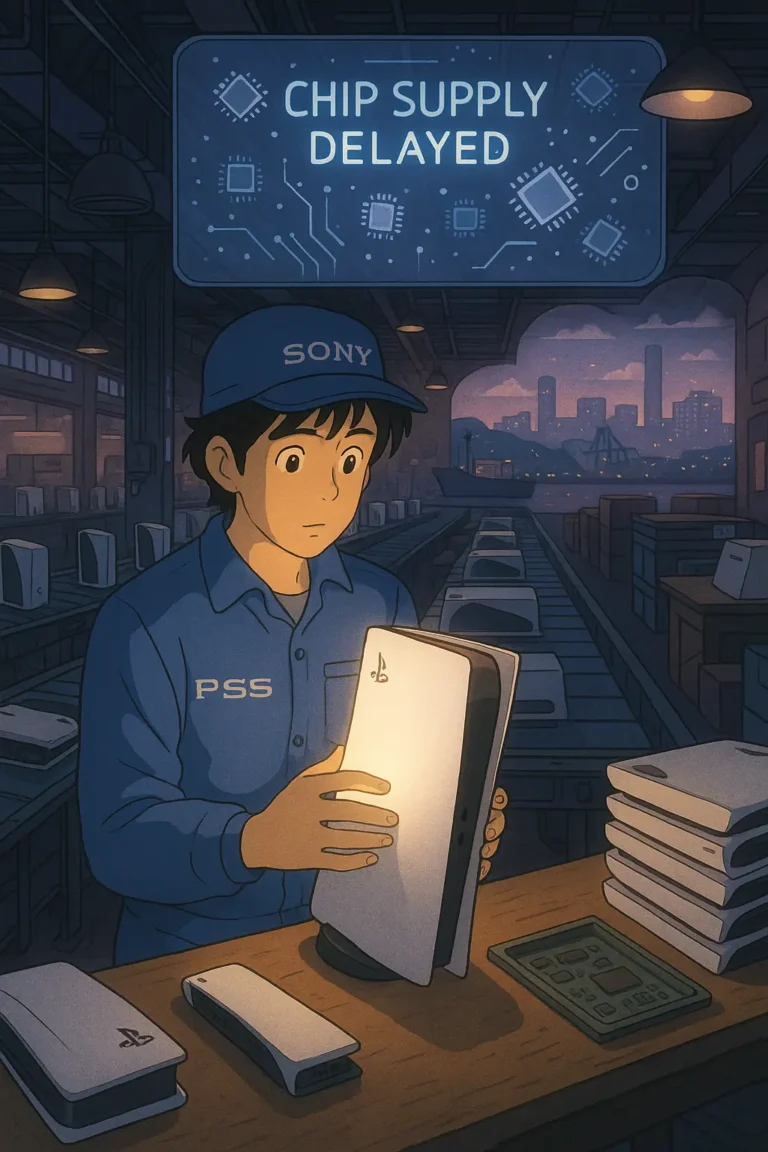
The second half of 2022 has been quite the ride. Europe and most of the West are facing huge gas prices, failing economies, interest rate spikes, scarcity of raw materials, and other issues. It is no surprise that Europe’s supply chain challenges have also worsened.
While the pandemic might have been responsible for most of these challenges, other non-pandemic factors impact the West’s supply chains.
Globally, supply chain problems have affected the delivery of goods and services to consumers, but Europe has especially felt the sting, primarily because of high gas prices and the war in Ukraine.
In this article, I highlight some challenges and possible solutions to overcome them.
1. Labor shortages
Across Europe, companies face a unique problem. More than ever before, companies are finding it challenging to hire skilled labour. The shortage is partly due to the tightening labour market across Europe.
The lack of skilled labour ultimately affects the supply chain because it leads to low productivity, forcing the organizations to shrink their supply chains and ultimately impacting the end user.
Companies can get around these by ramping up their investment in remote hires. With the world increasingly connected, distance has been eliminated as a barrier. The pandemic also proved that people could perform their jobs very well in remote settings.
Companies can hire people in countries outside Europe to take on the skill positions they have available. Doing this will significantly improve productivity in the company and across Europe’s supply chain.
2. The rising cost of raw materials
The rising cost of raw materials is quite a problem because it affects the supply chain on both sides of the spectrum.
Eureope’s rising cost of raw materials means the product supply chains across the continent produces becomes more expensive. However, with the European economic situation, living crises are worsening, and consumers are becoming increasingly frugal with how they spend their money.
With spiking interest rates, supply chains may have access to limited capital, which could also result in downtimes across the supply chain.
Organizations may want to consider implementing cost-reduction strategies across the supply chain to combat the limited capital available to the supply chains. These would enable them to cut costs while keeping the product’s quality.
Examples of cost reduction strategies will be eliminating areas of the supply chain that are low yielding.
3. Logistics disruptions
Supply chains across Europe have been riddled with logistics disruptions all through 2022. With shipping delays due to congested ports, higher gas prices, and longer routes taken due to the war in Ukraine, getting around these issues has been quite challenging.
There are many more logistical issues facing the supply chain, like the shortage of truck drivers, the closure of critical railways connecting Europe and Asia, and warehouse downtimes, which are also crucial factors in logistics disruptions across Europe.
These disruptions increase the order lead time of raw materials and finished products, causing consumers to wait a bit before getting their order. This is quite prevalent in the automobile industry as well.
Supply chains should start by identifying their bottlenecks, potential challenges, and likely demand to get around these challenges.
In identifying these, the supply chains can plan by taking strategic steps like more collaborations, localizing the supply chain, or cutting some product offerings while focusing on the primary movers.
4. Difficult demand forecasting
European consumers have been behaving quite erratically since the start of the pandemic. Demand goes up, down, then up again. It has made it difficult for organizations to estimate the demand forecast to plan correctly and adequately.
Demand forecasting has helped organizations save tons of money, especially because consumers’ interest was always there and increased periodically. This also made it easier to calculate the forecast.
With the current economic situation of European countries, organizations would be well served if they invest in AI or other technological tools which can read and analyze data efficiently. They also explore all sorts of data that could help them present clear information that will help firms improve their demand forecasting.
Bottom line
Europe’s supply chain paid a higher price than expected when Russia when to war with Ukraine. With a continent just coming out of the pandemic, the timing of the war could not have been any worse.
Now facing an economic crisis and higher gas prices, supply chains across the continent are struggling to survive and Organizations would do well to start searching for innovative solutions that can help their supply chains.

Obinabo Tochukwu Tabansi is a supply chain digital writer (Content writer & Ghostwriter) helping professionals and business owners across Africa learn from real-world supply chain wins and setbacks and apply proven strategies to their own operations. He also crafts social content for logistics and supply chain companies, turning their solutions and insights into engaging posts that drive visibility and trust.







